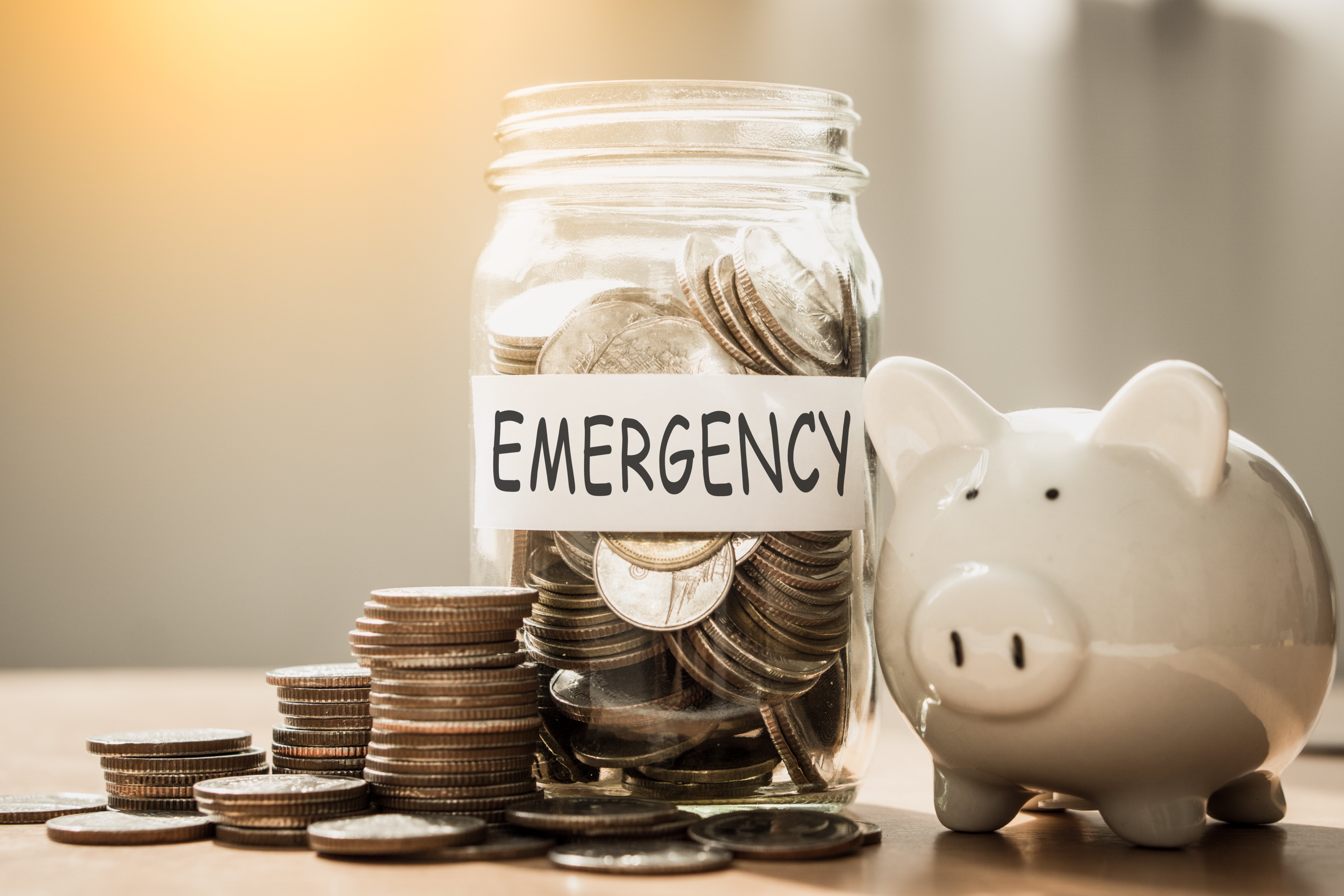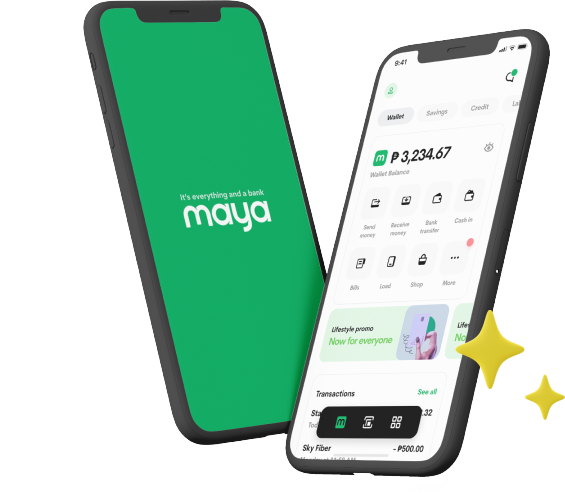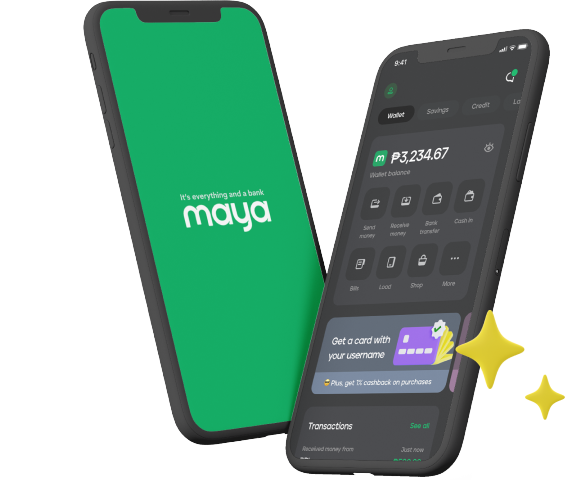
Quick Answers
-
Can I pay off credit card debt and still save money?
Yes. By balancing payments and savings, you can reduce debt without neglecting your financial goals.
-
What’s the first step to managing both?
Create a budget that covers minimum debt payments, prioritizes high-interest balances, and allocates a set portion for savings.
-
How can I speed up debt repayment?
Pay more than the minimum, focus on the highest-interest cards first, and use windfalls like bonuses or extra income toward debt.
-
How do I keep saving while paying debt?
Automate savings deposits (start small if needed) to build a habit and avoid spending all your income.
-
Why is this approach effective?
It prevents future debt, protects you in emergencies, and helps you achieve long-term financial stability.
Credit cards, especially those that offer rewards, can be powerful financial tools, not just for everyday spending, but for saving money, too. When you use the cashback points, promos, and perks that come with such cards, you’ll be able to stretch your budget further and make your money work better for you.
Take the Landers Cashback Everywhere Credit Card, for example. It doesn’t just serve as a revolving line of credit; it also doubles as a membership card for Landers Superstore and gives you cashback on essential purchases like groceries and dining. That means you’re getting a little something back every time you spend on things you already need.
But while these perks can help you maximize your spending, unchecked credit card debt can negate those benefits. Interest charges and unpaid balances, if left to accumulate and snowball, can make it harder for you to stay on top of both your payments and your savings goals.
To truly make the most of these benefits, it’s important to keep your credit card debt under control while still working toward your savings goals. The good news? It’s absolutely possible to do both. Here are five practical tips to help you stay on top of your finances while making your credit card work for you.
1. Create a Smart Spending Plane
The first step in an effective debt repayment strategy is to set a smart spending plan. Having a budget and sticking to it ensures that you spend within your means, allowing you to allocate funds for debt repayment while still setting aside a small amount for savings.
You can do this by diligently tracking your expenses. For instance, if you’re a Landers Cashback Everywhere Credit Card holder, you can conveniently monitor your transactions via the Maya app, helping you check whether your spending aligns with your set budget. Additionally, using budgeting tools or expense trackers can make it easier to see where each peso goes, giving you a clearer picture of how to balance debt payments and savings effectively.
2. Prioritize Paying Off High-Interest Debts
If you have multiple debts, prioritize paying off the ones with the highest interest rates first to prevent interest charges from piling up. Tackling high-interest debt first and then gradually working your way down to lower-interest debts allows you to repay more efficiently, ultimately saving you from accumulating additional interest fees.
3. Cut Unnecessary Expenses
When planning your budget, identify unnecessary expenses that you can eliminate to save more money. Look for commonly overlooked costs, such as unused subscriptions, memberships, or frequent food deliveries. While these may seem minor, the savings can add up over time, providing additional funds for debt repayment or savings.
To further help with your budgeting, you can also maximize your credit card’s cashback rewards when spending on items you already need to buy or pay for anyway. The Landers Cashback Everywhere Credit Card, in particular, offers cardholders up to 5% cashback at Landers, 2% on dining expenses, and 1% on all other qualified transactions.* So, for example, if you regularly shop for groceries at Landers, using your Landers Cashback Everywhere Credit Card can earn you cashback on those essential purchases, effectively reducing your overall expenses because you can later use your cashback vouchers also at Landers when you accumulate enough cashback points.
4. Look for Ways to Increase Your Income
Finding extra income can make it easier to pay down credit card debt while continuing to save. Consider taking on a side hustle, such as freelancing, gig work, or selling unused items online. If you have specialized skills, tutoring or consulting can provide additional earnings. You might also negotiate a raise or look for higher-paying job opportunities. Even small changes, like monetizing a hobby or renting out a spare room, can make a difference. Every extra dollar earned can be strategically allocated—prioritizing debt payments while still contributing to your savings
5. Use Windfalls Wisely
Occasionally, you may receive unexpected money in the form of bonuses, 13th-month pay, or tax refunds. While it can be tempting to splurge, a smarter approach would be to use it to accelerate your credit card debt repayment.
For example, you could allocate 70% of your bonus to pay off your credit card debt, saving on future interest charges. Meanwhile, 20% can go toward your savings, and the remaining 10% can be used for a modest treat for yourself so you can stay motivated.
With discipline and strategic use of financial tools, it’s possible to pay off credit card debt while continuing to save. Let these tips guide you in steadily clearing your credit card debt and letting you gain greater control over your financial future.
*Transactions that don’t qualify include: cash in, cash advance, quasi cash purchases, casinos and gambling, fuel, supermarket, pharmaceuticals, utilities, telco, and government.
You might also like
These Stories on Maya Bank




